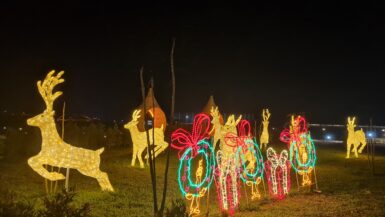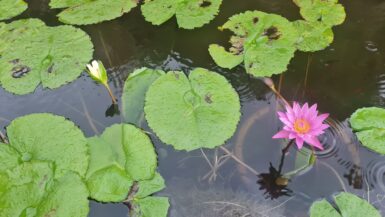Minh Huong Gia Thanh Hoi Quan is one of Ho Chi Minh City’s oldest and most sacred Chinese communal halls.
Minh Huong Gia Thanh Hoi Quan is one of Ho Chi Minh City’s oldest and most sacred Chinese communal halls.
Happened to walk pass and walk in to discover the rich history and cultural significance of this assembly hall.

Nestled in the heart of Ho Chi Minh City‘s vibrant Cholon (District 5), Minh Huong Gia Thanh Hoi Quan stands as a testament to the enduring cultural and spiritual legacy of the Chinese-Vietnamese community.
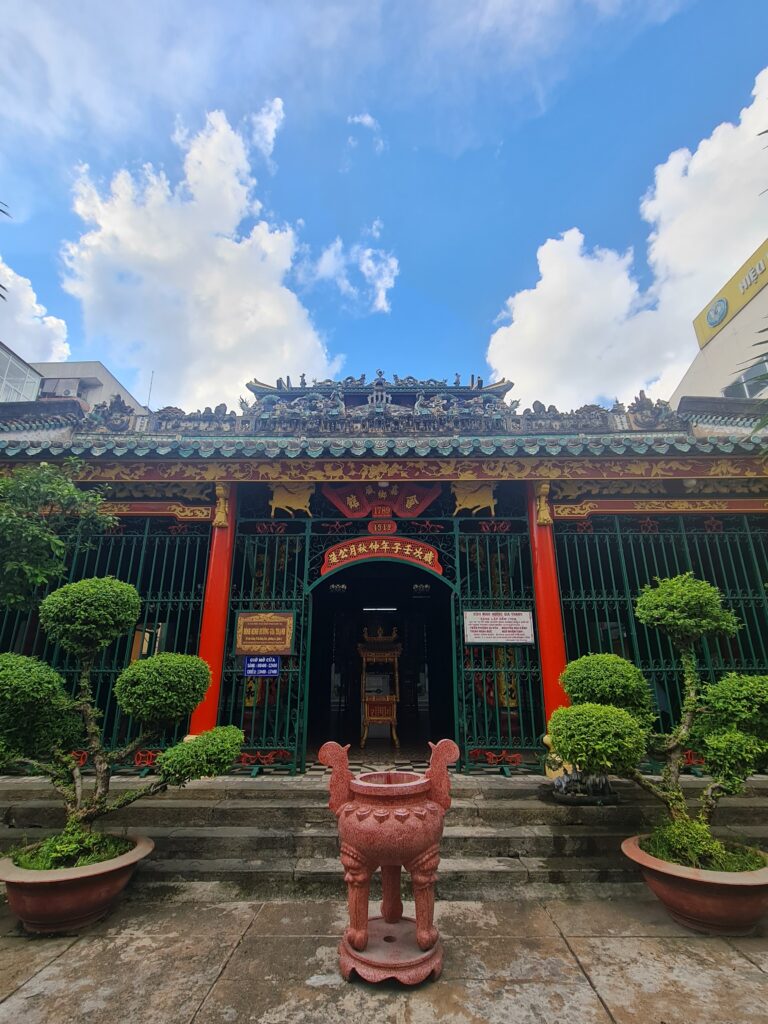
This centuries-old assembly hall, also known as the Minh Huong Family Temple, is more than just a religious site—it is a living piece of history, architecture, and identity.
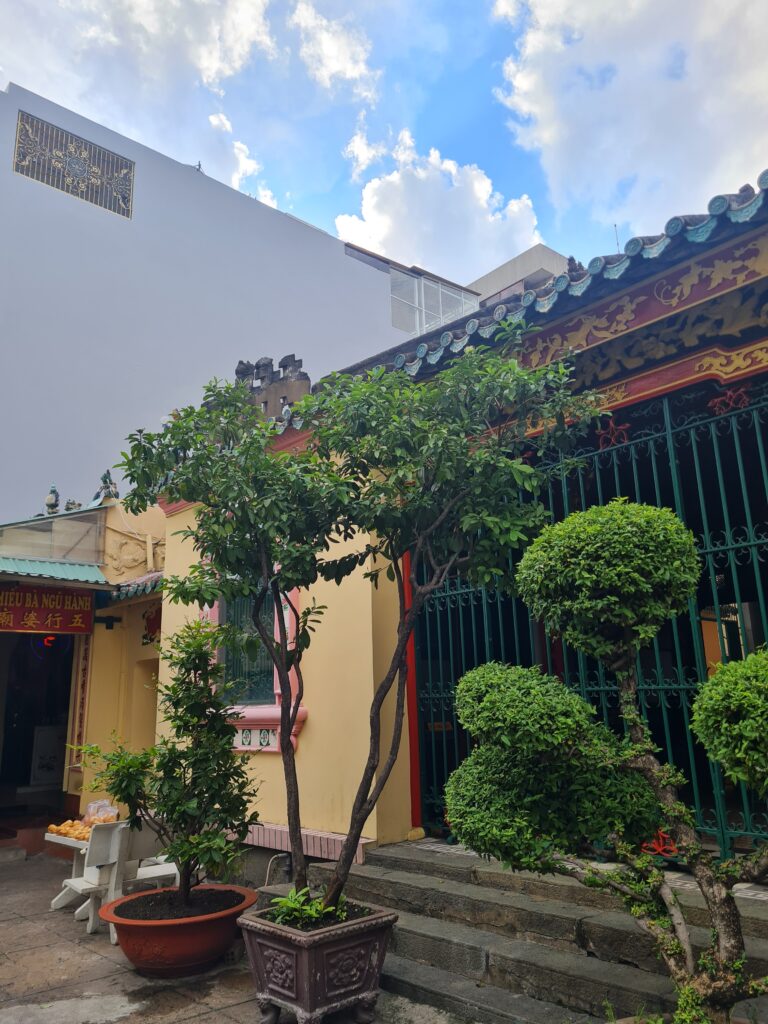
The Timeless Beauty of Minh Huong Gia Thanh Hoi Quan in Ho Chi Minh City
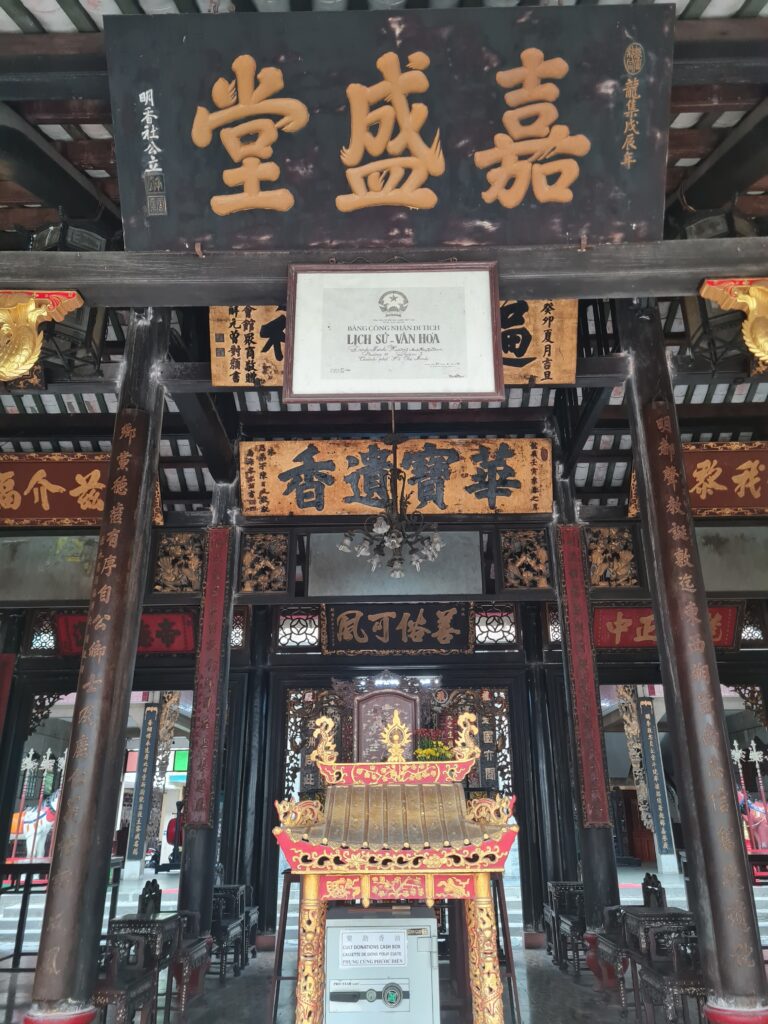
Minh Huong Gia Thanh Hoi Quan (Chinese: 明乡嘉盛会馆, Vietnamese:Minh Hương Gia Thạnh Hội Quán) was established in the 18th century by the Minh Huong people, descendants of Ming dynasty loyalists who fled to Vietnam following the fall of the Ming Empire. These immigrants brought with them their traditions, language, and beliefs, many of which are still preserved within the walls of this sacred hall.
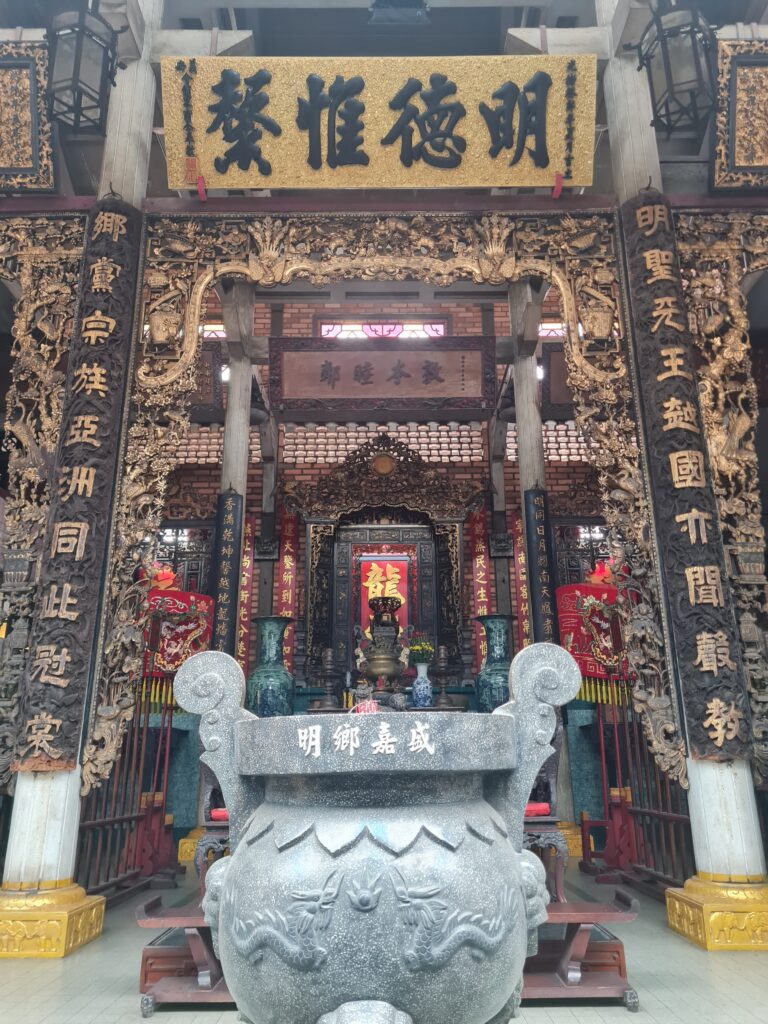
The term “Minh Huong” refers to these early Chinese settlers, while “Gia Thanh” denotes the temple’s dedication to their ancestors and cultural roots. The Hoi Quan, or assembly hall, served as both a place of worship and a community center, where important decisions, ceremonies, and gatherings were held.
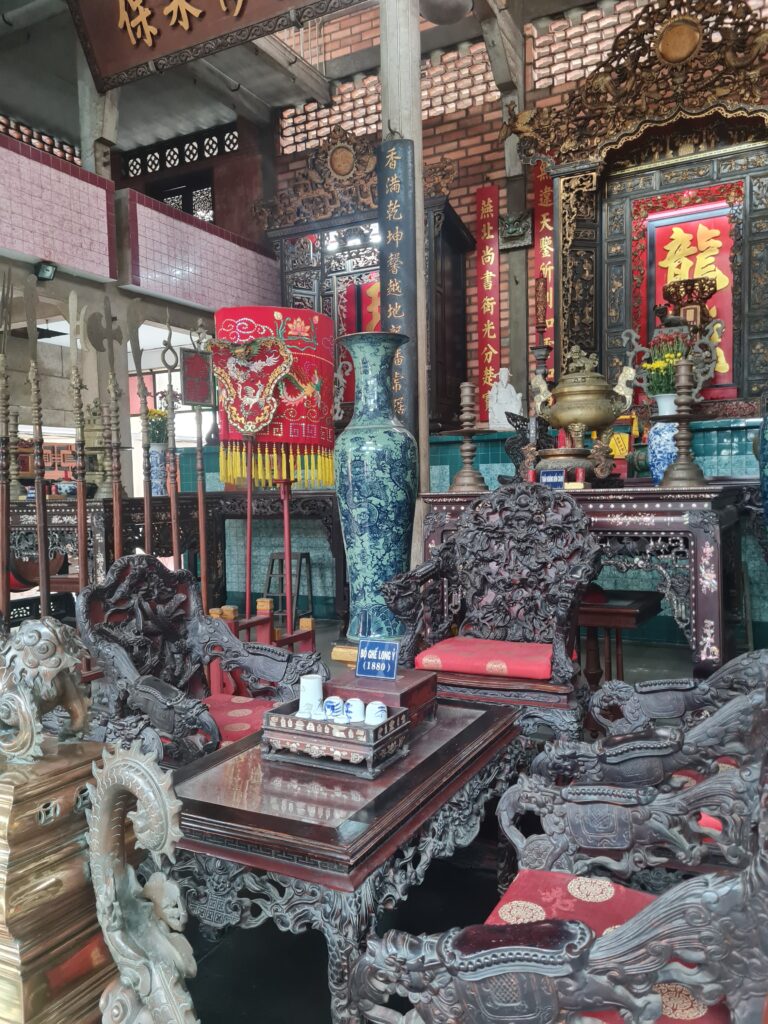
Architectural Marvel
One of the most captivating aspects of the hall is its traditional Chinese architectural style. The temple boasts intricately carved wooden beams, colorful ceramic mosaics, and gracefully curved rooftops.
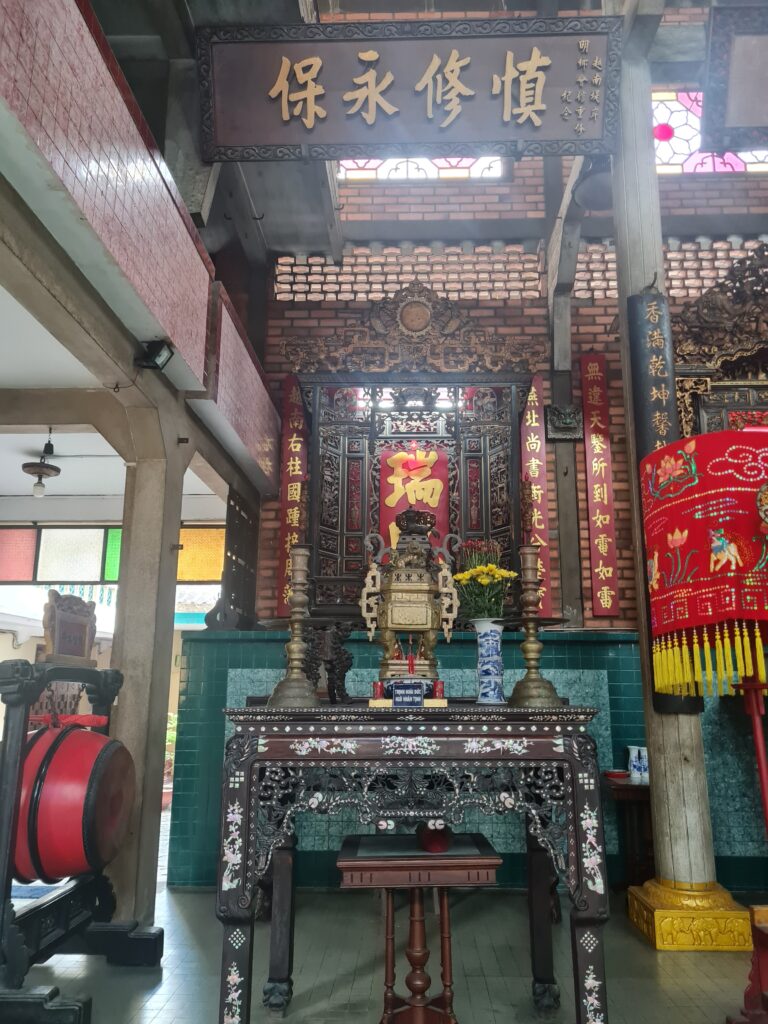
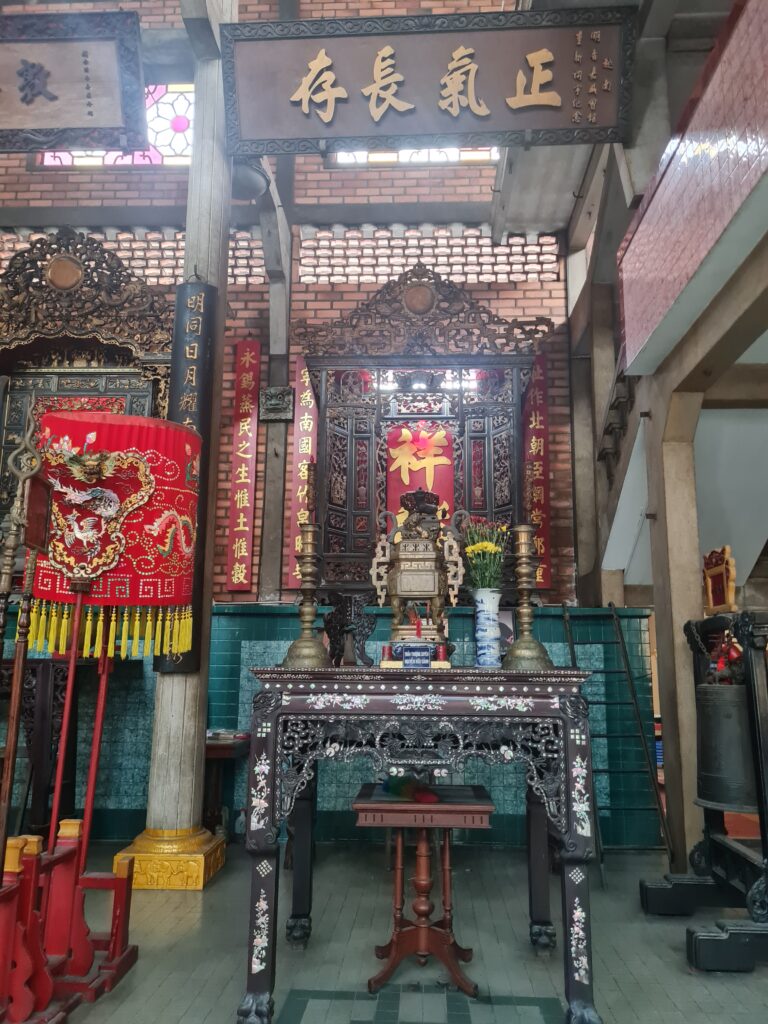


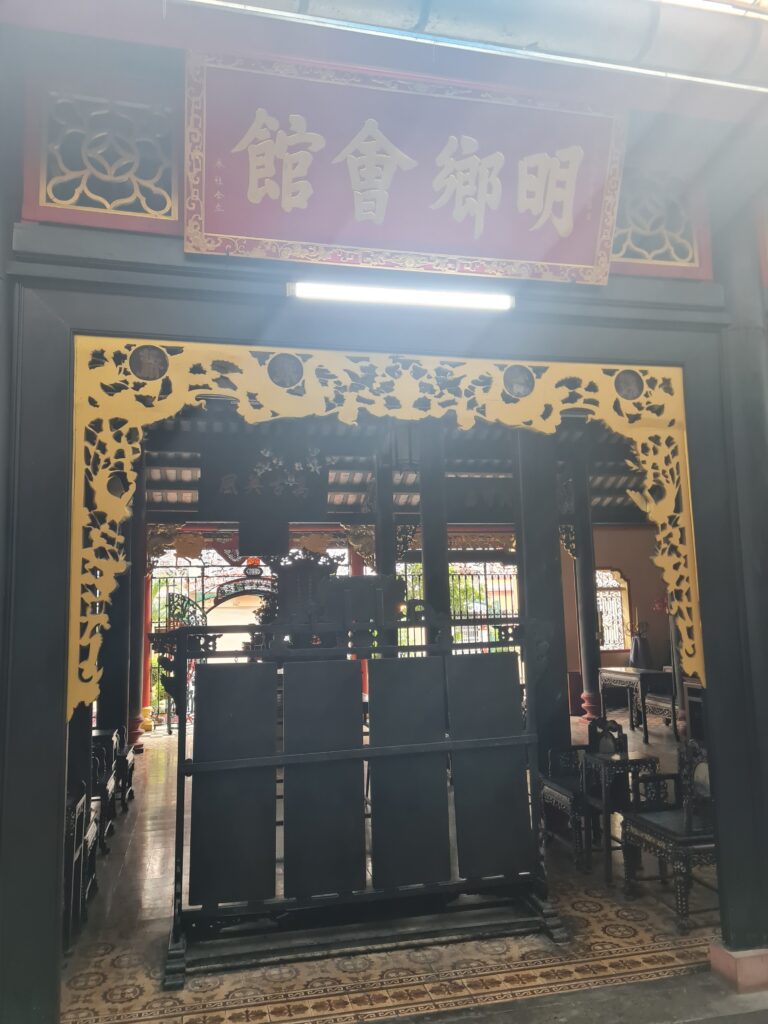
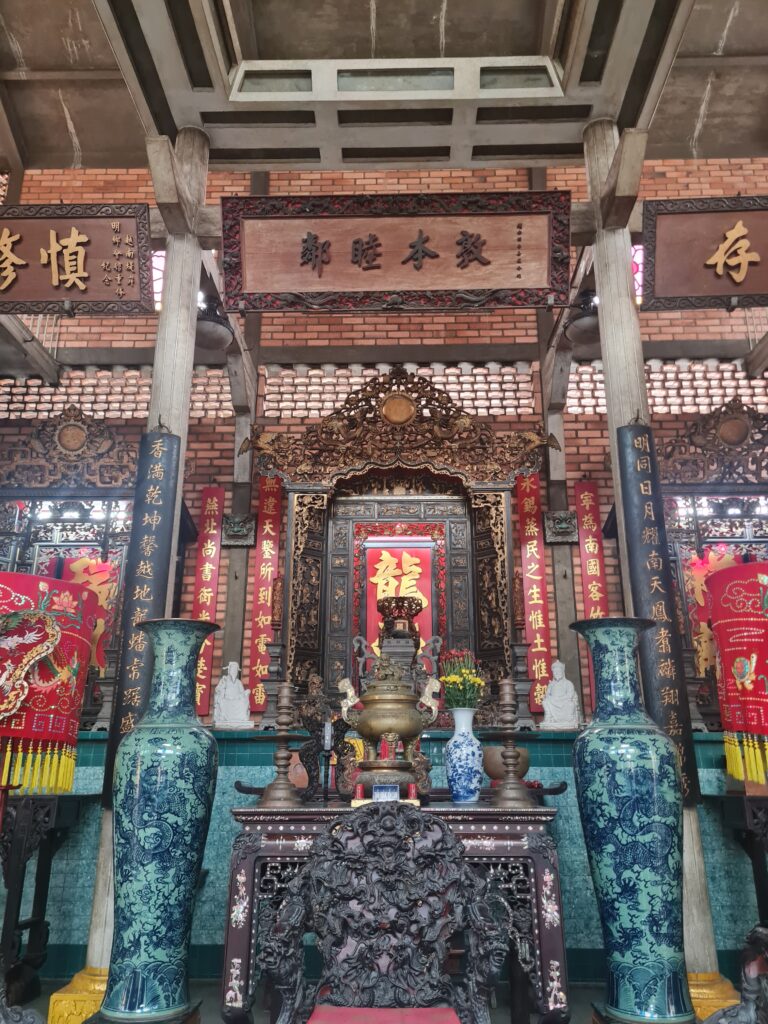
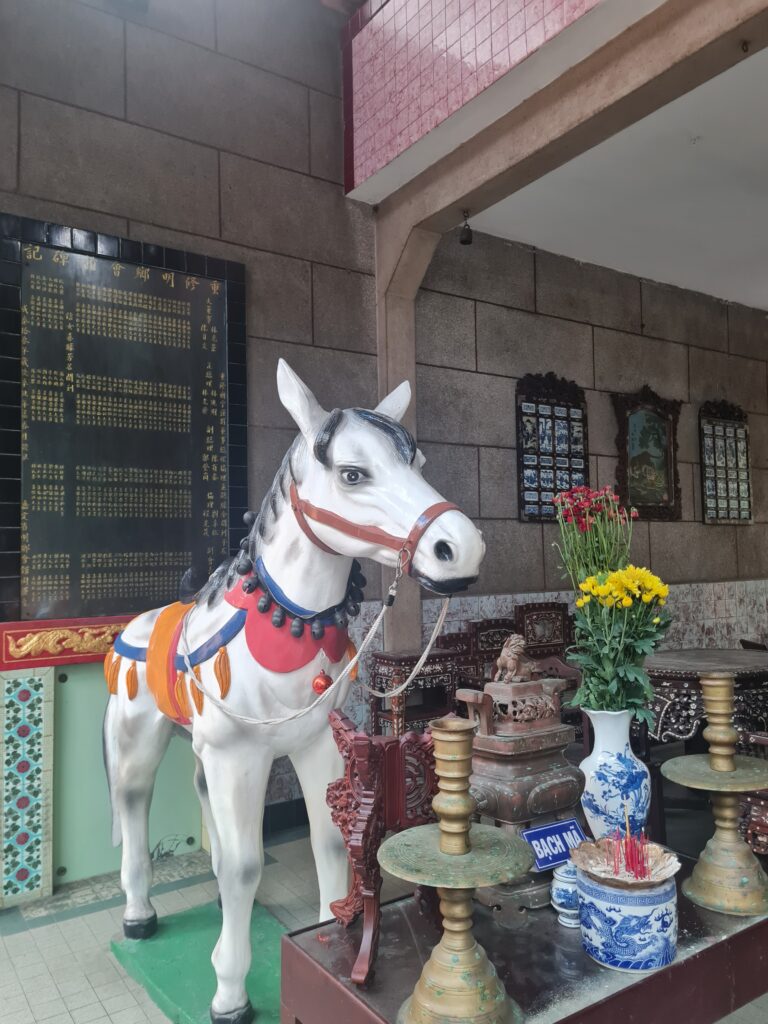
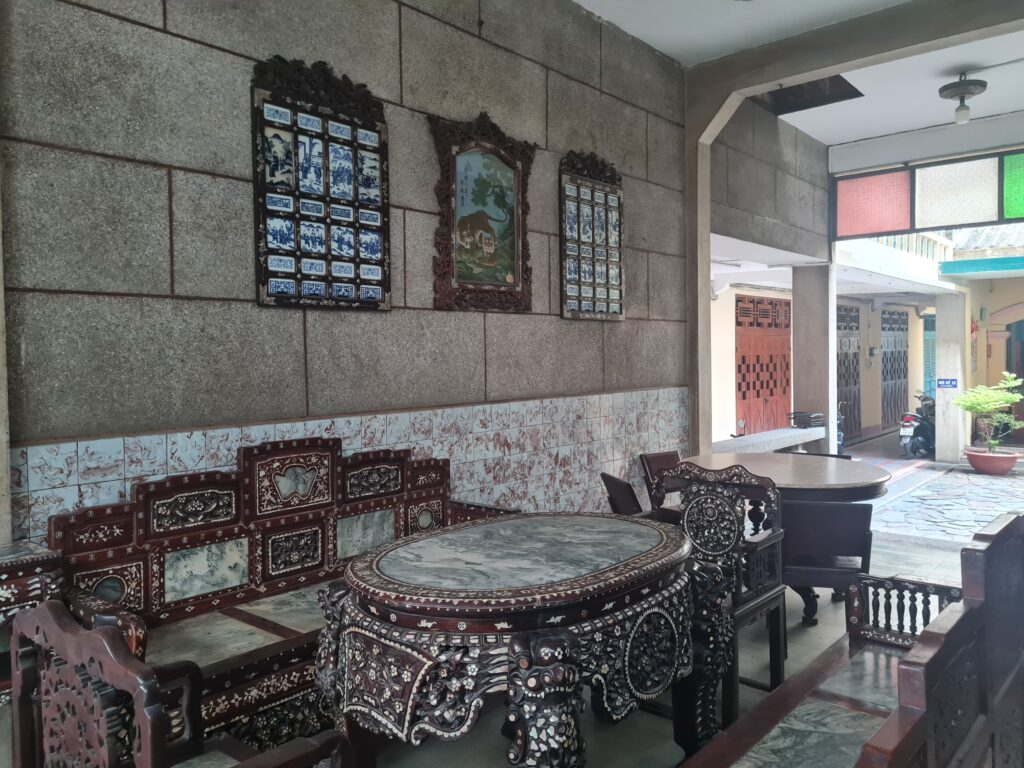
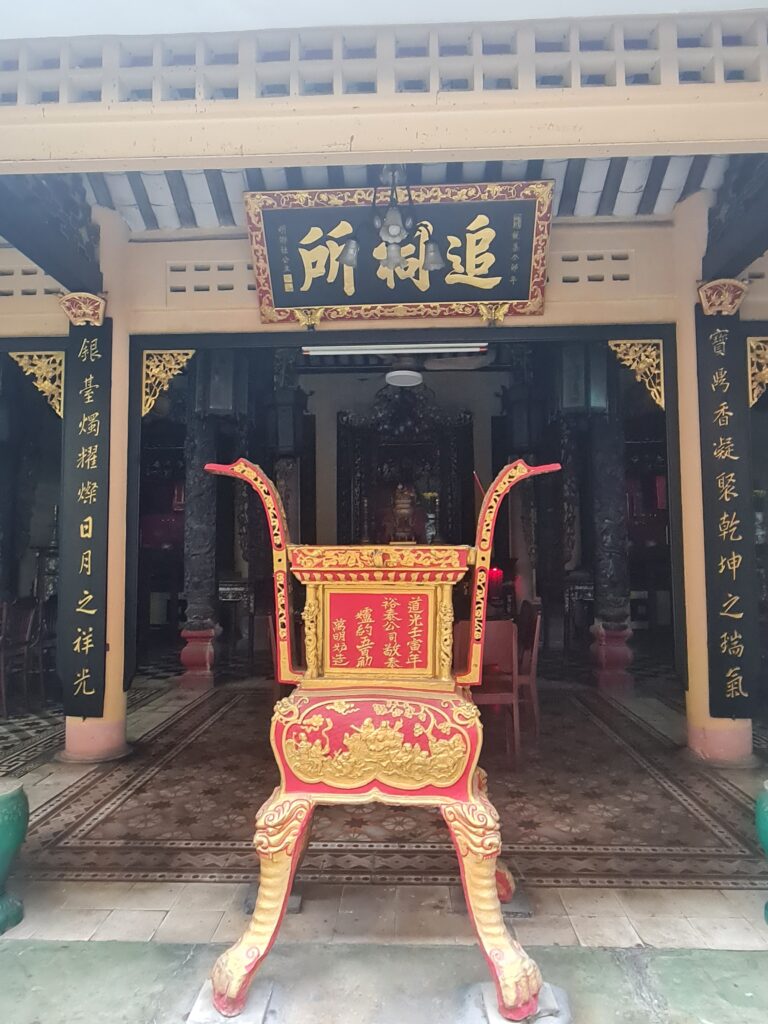



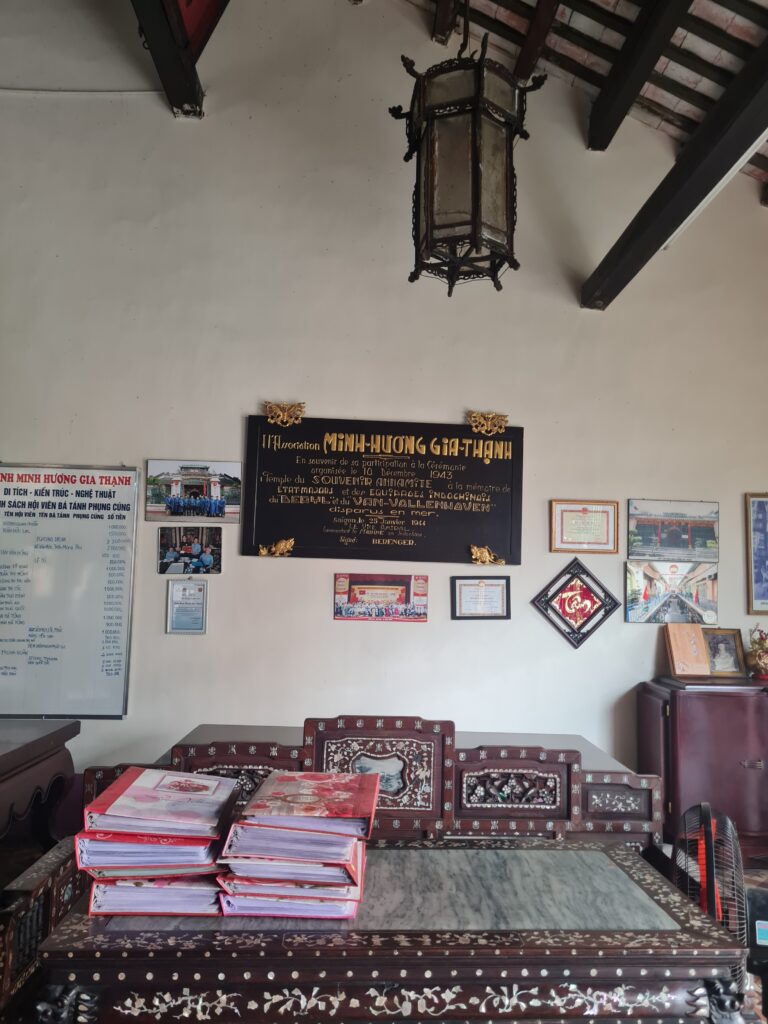


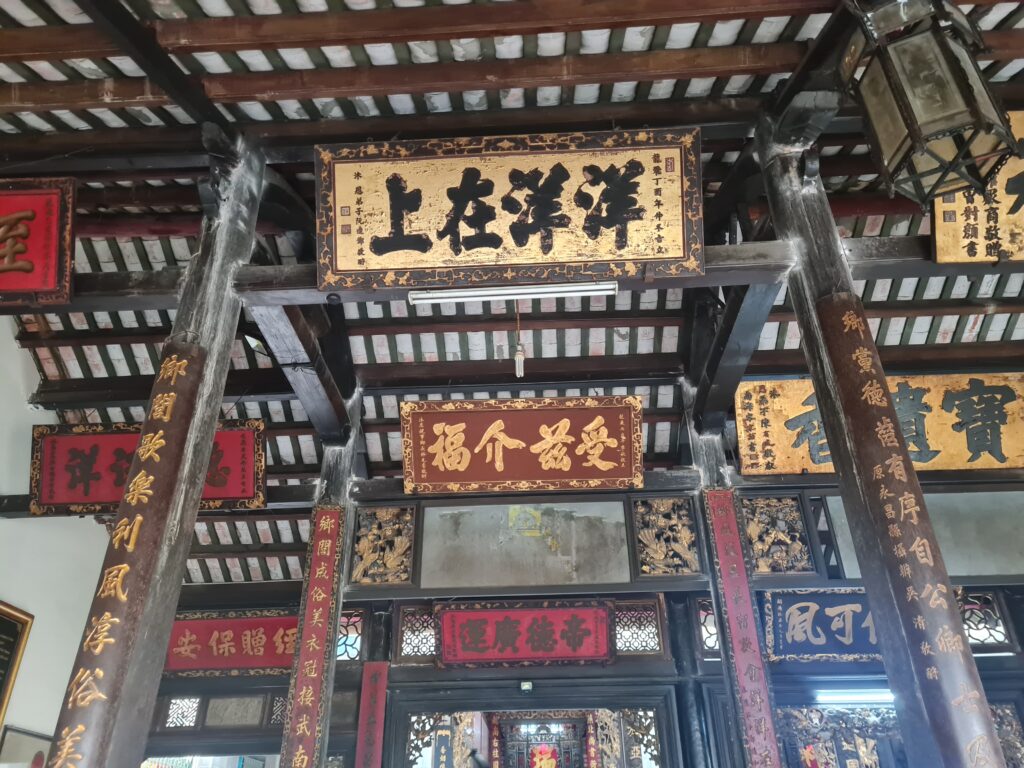

Cultural Heritage in Modern Times
Today, the hall remains an active religious site and cultural landmark.
Visiting the hall offers a unique glimpse into the past, connecting modern visitors to the resilience and pride of the Minh Huong community. It also highlights the broader narrative of immigration, integration, and cultural preservation in Vietnam.
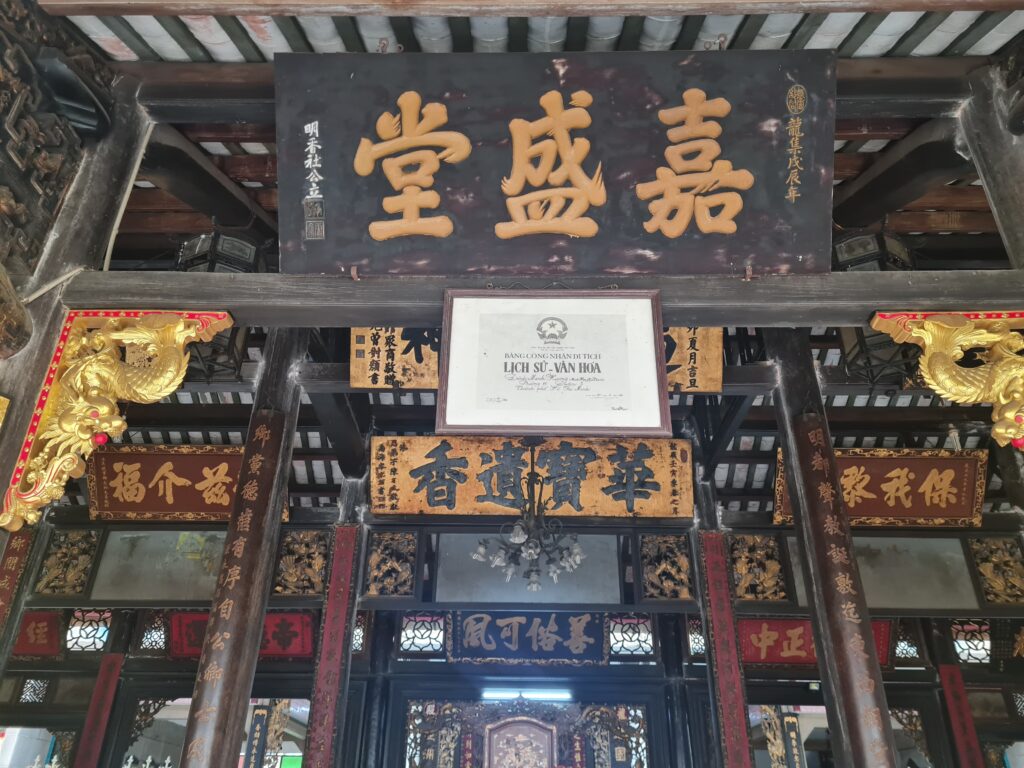
Located on Nguyen Trai Street in District 5, the hall is easily accessible by taxi or bus. The best time to visit is early in the morning when the temple is peaceful, and the lighting enhances the beauty of its details.
Whether you’re a history buff, a cultural enthusiast, or a spiritual seeker, this Assembly Hall of the Minh Huong Congregation is a must-see destination that tells a compelling story of heritage and harmony.


